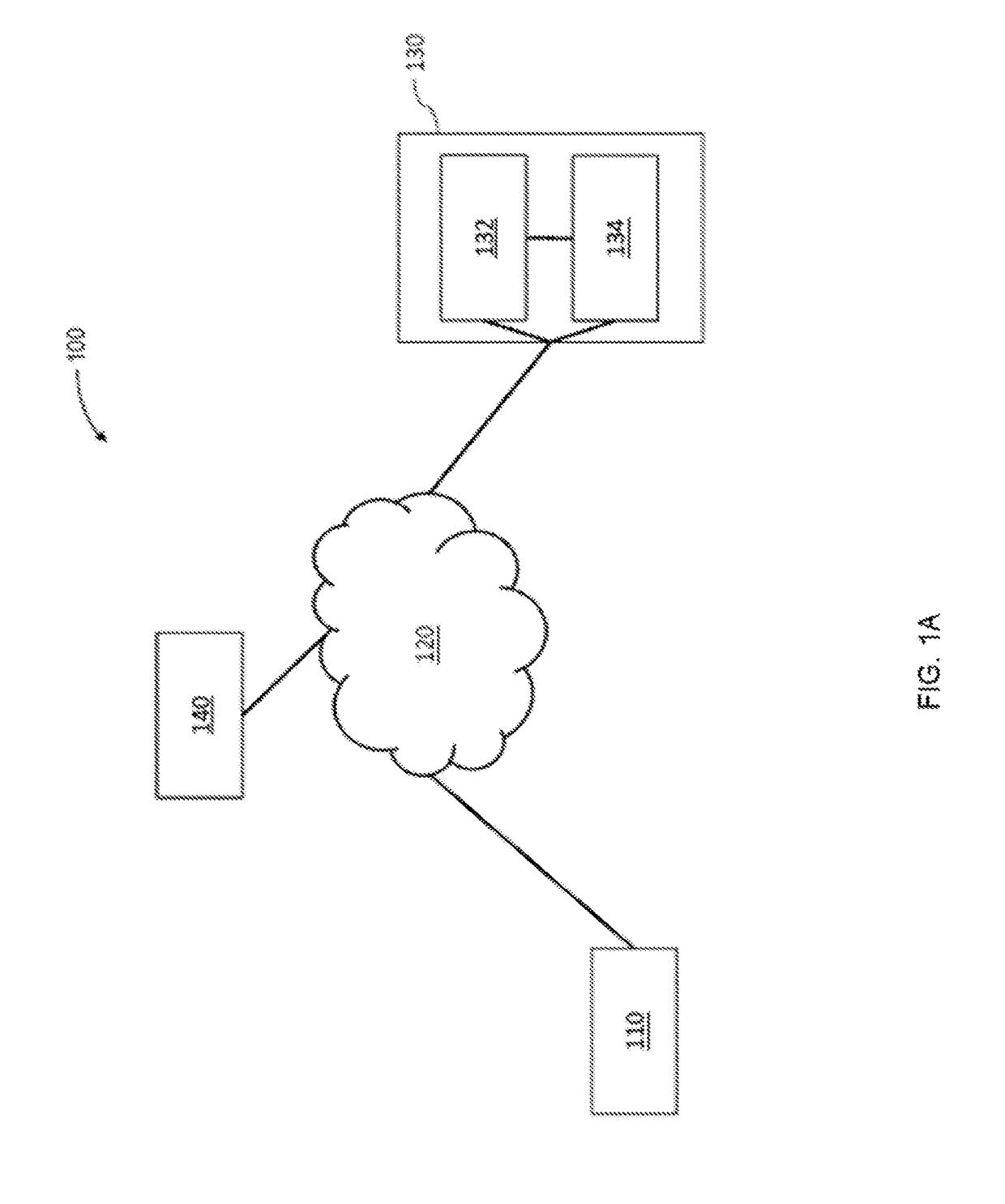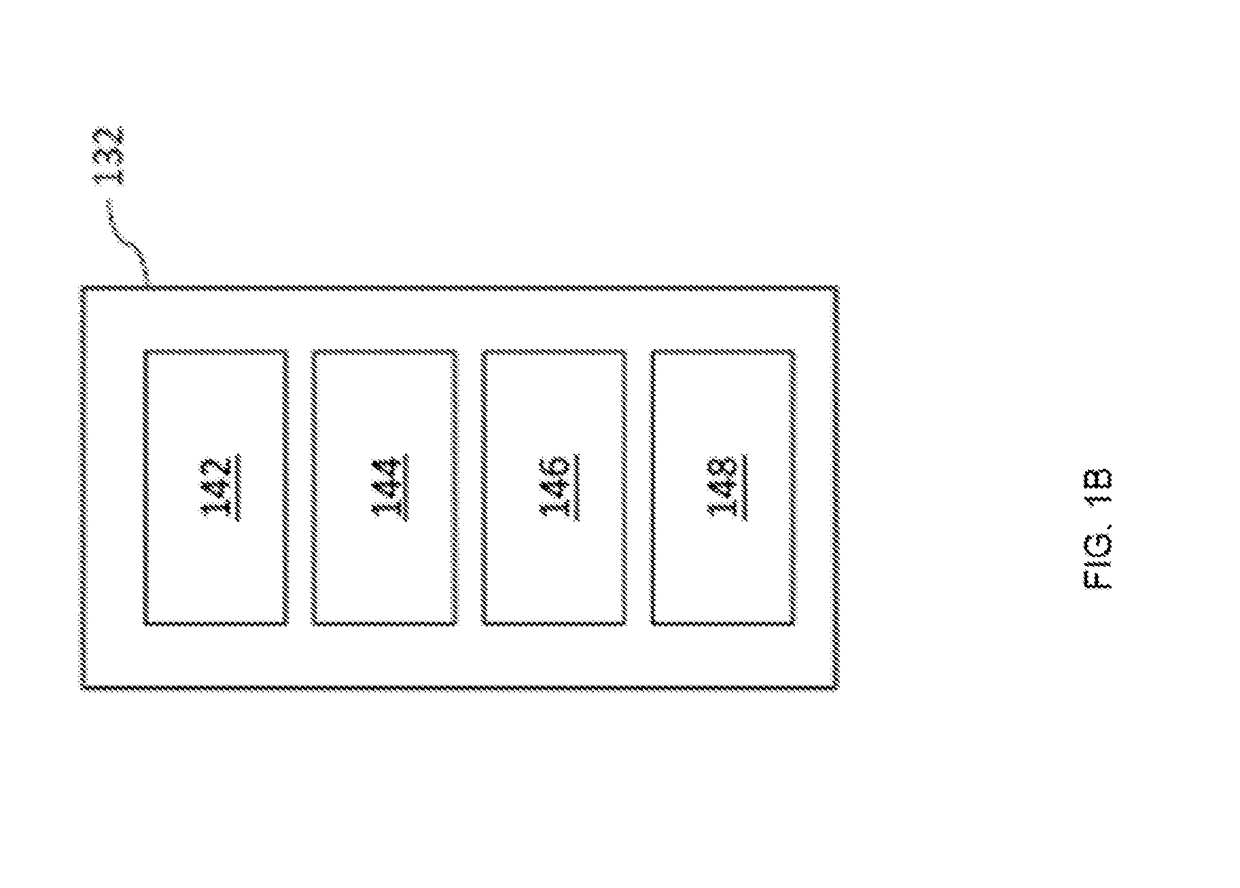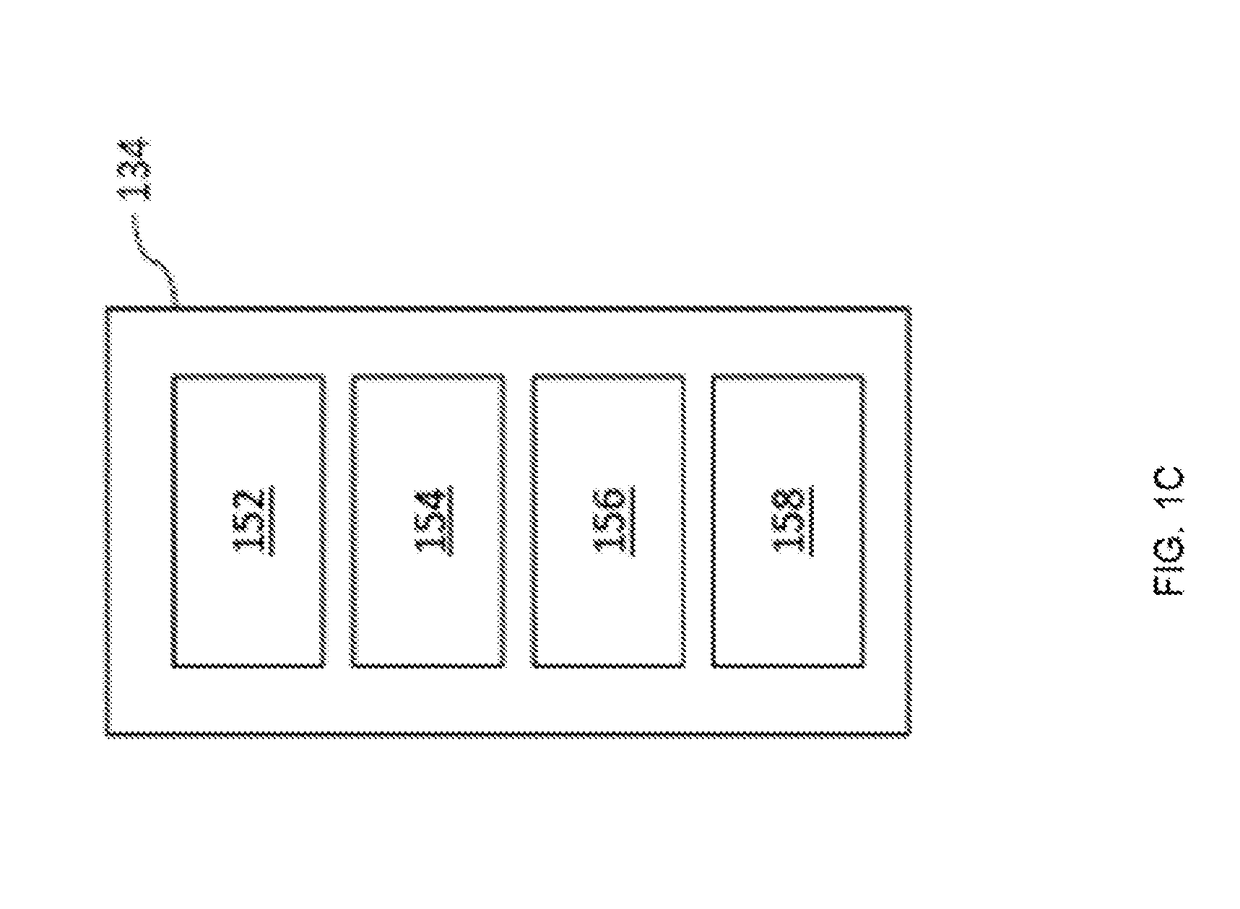Platform and system for digital personalized medicine
a personalized medicine and platform technology, applied in the field of personalized medicine platform and system, can solve the problems of not providing the best treatment for patients, less than ideal integration of digital data with patient treatment, and insufficient patient care. the effect of reducing the length of assessmen
- Summary
- Abstract
- Description
- Claims
- Application Information
AI Technical Summary
Benefits of technology
Problems solved by technology
Method used
Image
Examples
Embodiment Construction
[0168]In an aspect, the digital personalized medicine system comprises digital devices with processors and associated software configured to: receive data to assess and diagnose a patient; capture interaction and feedback data that identify relative levels of efficacy, compliance and response resulting from the therapeutic interventions; and perform data analysis, including at least one or machine learning, artificial intelligence, and statistical models to assess user data and user profiles to further personalize, improve or assess efficacy of the therapeutic interventions.
[0169]In some instances, the system is configured to use digital diagnostics and digital therapeutics. Digital diagnostics and digital therapeutics can comprise a system or methods comprising collecting digital information and processing and analyzing the provided data to improve the medical, psychological, or physiological state of an individual. A digital therapeutic system can apply software based learning to ...
PUM
 Login to View More
Login to View More Abstract
Description
Claims
Application Information
 Login to View More
Login to View More - R&D
- Intellectual Property
- Life Sciences
- Materials
- Tech Scout
- Unparalleled Data Quality
- Higher Quality Content
- 60% Fewer Hallucinations
Browse by: Latest US Patents, China's latest patents, Technical Efficacy Thesaurus, Application Domain, Technology Topic, Popular Technical Reports.
© 2025 PatSnap. All rights reserved.Legal|Privacy policy|Modern Slavery Act Transparency Statement|Sitemap|About US| Contact US: help@patsnap.com



